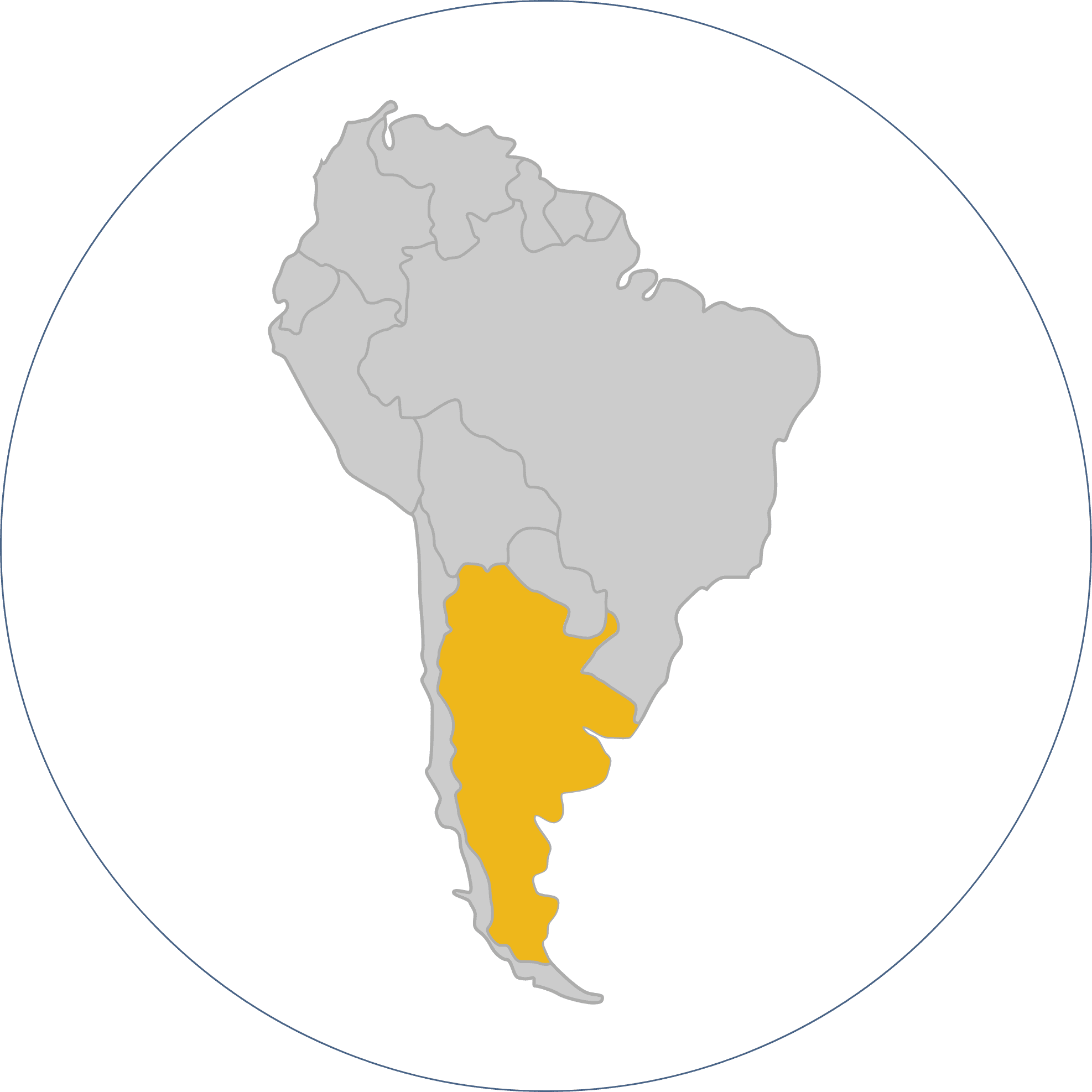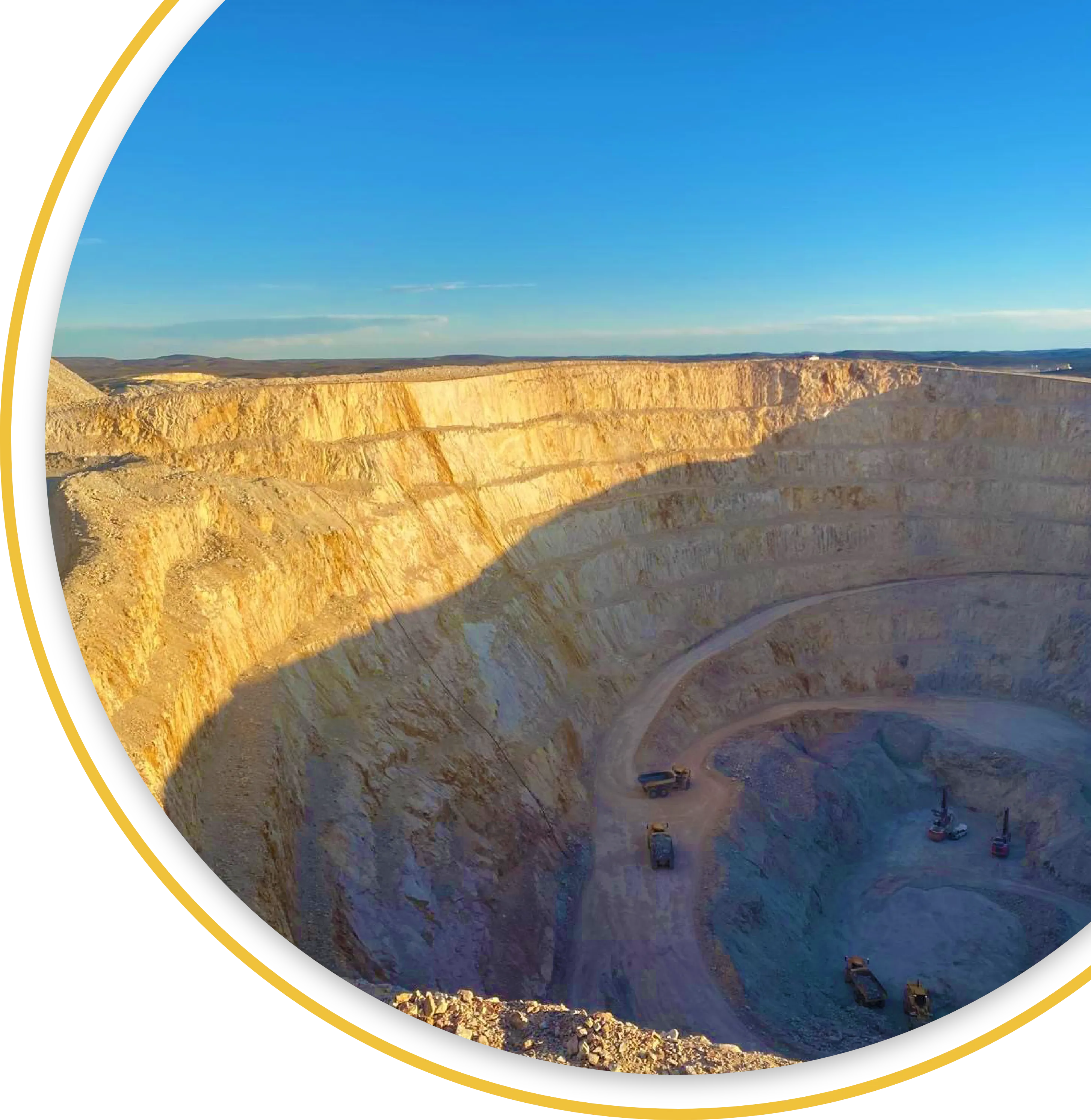The Deseado Massif hosts numerous Middle to Late Jurassic age geothermal and epithermal features represented
by siliceous and calcareous chemical precipitates from hot springs, hydrothermal breccias, quartz veins, and
widespread hydrothermal silicification.
Gold and silver mineralisation is typically hosted in low sulphidation, epithermal deposits where
mineralisation occurs within sub-vertically oriented quartz-breccia veins.
MDN is situated within the world renowned Deseado Massif where the underlying geology of the region is
dominated by rhyolitic and andesitic volcanic and tuffaceous volcaniclastic lithologies of Middle to Upper
Jurassic age (130 to 170 ma).
The Deseado Massif region is host to several multi-million ounce epithermal gold and silver deposits
including Cerro Vanguardia (Anglo Gold Ashanti), Cerro Negro (Newmont GoldCorp), Cerro Morro (Yamana) with
most discoveries major discoveries as recent as 1990’s onwards.

At La Paloma, the Sulfuro-Esperanza-Rocio vein system comprises narrow, accurate, steeply dipping
quartz-breccia veins. The Sulfuro vein is the main deposit and is represented by a single, well developed
quartz vein typically 2 to 8 metres (m) in thickness and has a primarily northwest-south southeast
orientation with a steep southwest dip. Associated sulphide minerals include pyrite and minor galena and
sphalerite.

The La Paloma veins remain open-ended at depth. At Martinetas, multiple mineralised structures occur as “vein
swarms” with the development of minor intervening stockwork veins and veinlets. A number of resource areas
have been delineated at Martinetas. The principal resource is obtained from the Coyote and Cerro Oro
deposits which comprise a series of narrow, sub-parallel, anastomosing quartz veins varying in width from
tens of centimetres (cm) to several metres, and typically averaging 1 m in thickness.









